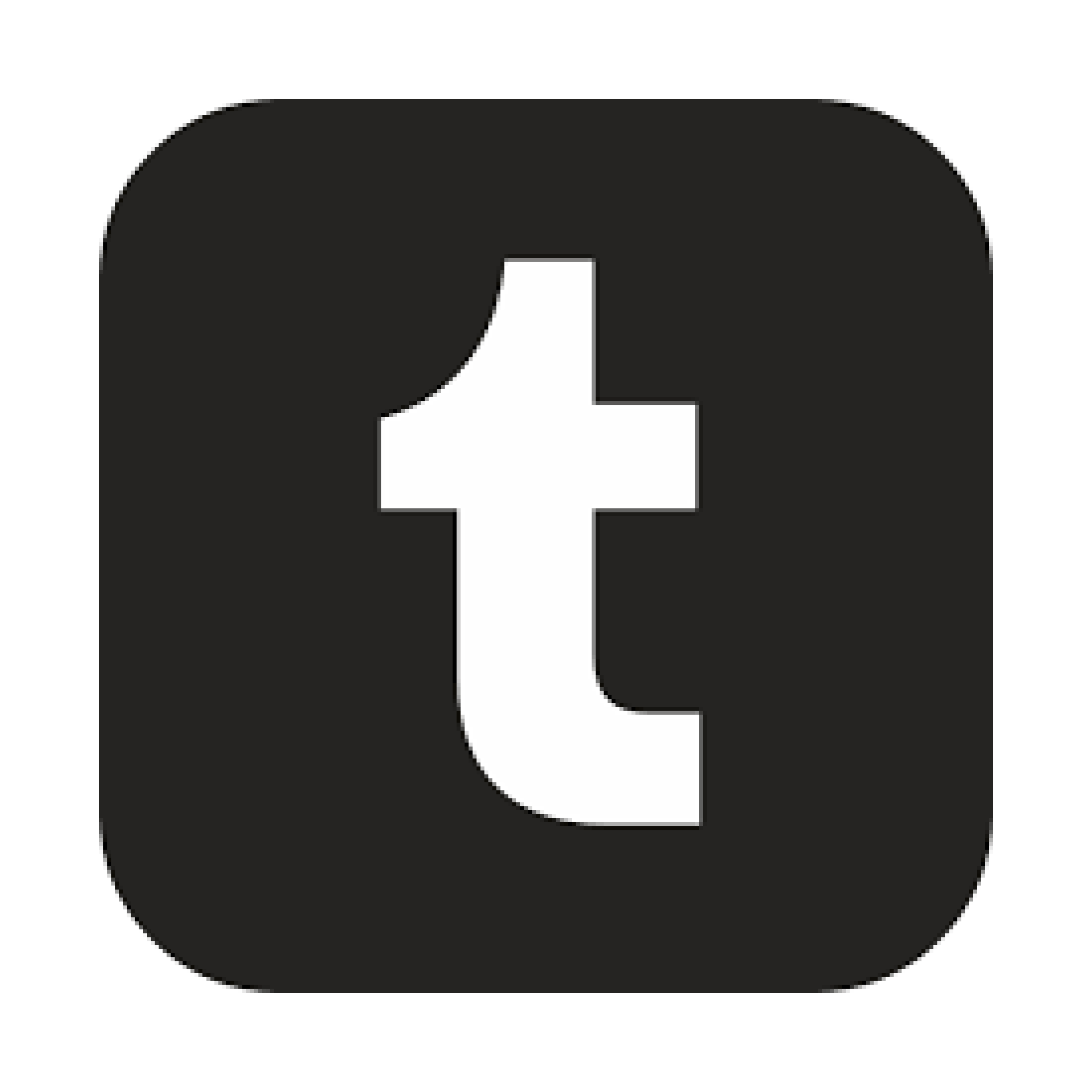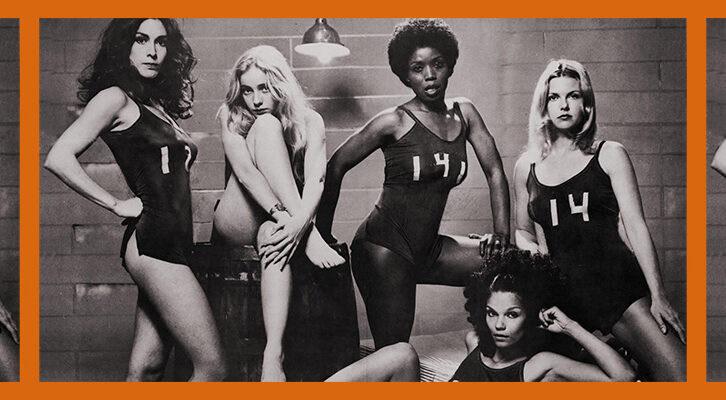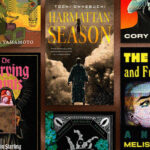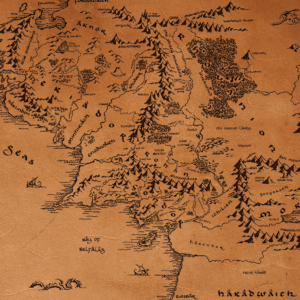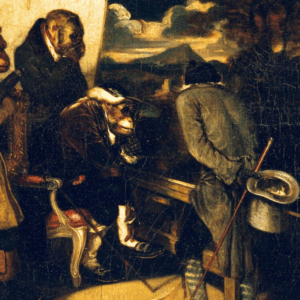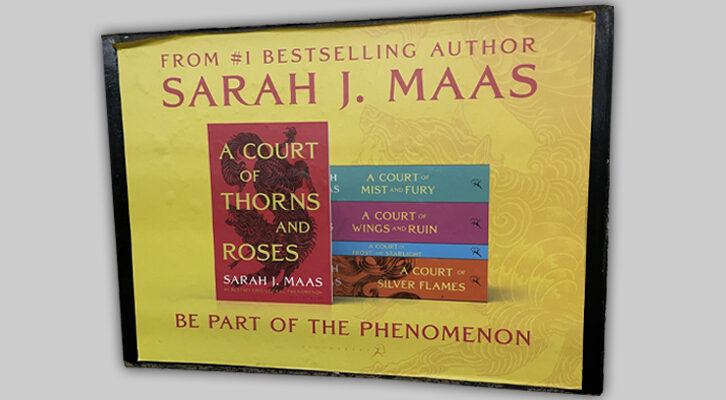
Why aren't Sarah J. Maas's subway ads better than this?
Like a lot of New York City residents, my local subway station is essentially another room in my apartment. I’m very influenced by how things are going in my underground corner of the city. And like most places in America, my F/G stop is covered with ads, and I end up staring at them most days of the week. Signage with Jimmy Fallon looking scared, wealthy AI women, AI couples kissing, and a Bible app have all gotten very stuck in my craw.
Lately, I’ve been waiting underground while surrounded by these bright Court of Thorns and Roses ads:
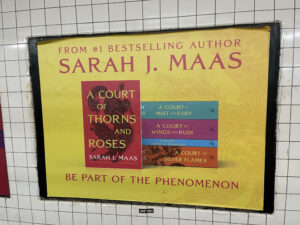
They’re simple: the author’s name in huge letters over a very 2D stack of books on a blaringly yellow background. But what’s with this “BE PART OF THE PHENOMENON” bottom text? After spending a lifetime soaking in the used bathwater of advertising language, I feel qualified to say that this line just doesn’t have it. It’s vague and glancing, a passive “won’t someone rid me of this meddlesome priest” of ad copy.
There’s a lot of justified confidence here, given that Maas is legitimately a phenomenon, but why so coy? There’s no specificity at all. “Phenomenon” reads as something unauthorized and spontaneous. Like a river whose source has never been found, romantasy is flowing through our world. Jump in.
A “phenomenon” could refer to anything: a book, a weather pattern, a mood. My gamer friends could text me to “be part of the phenomenon” of playing D&D, and my poet friends could text me to “be part of the phenomenon” of gazing at the moon.
And it’s too passive. You’re not even choosing to join, you’re assimilating, becoming one with the phenomenon.
This level of vagueness might make sense if you’re trying to spin something that’s a tough sell, but these books are wildly popular. More than that, Maas’s stuff has a very specific appeal that always comes up: they’re sexy. And I thought sexiness was the one thing ads were supposed to be good at. The phrase isn’t “coy sells.”
Coyness can be flirtatious, but this isn’t sexy coy. This is a coyness that’s playing on your sense of FOMO. “All your friends are horny over these fae,” the ad asks, “shouldn’t you be too? ;)” Except that would be a better ad.
I can see the logic behind this as a self-fulfilling, inevitable approach—“you’ve heard about ‘em, you’re going to read ‘em eventually, just give in.” But why not nuzzle up to the reputation a bit more, Mass Ads? If these books have a lot of action and sex, let me feel the crash and sizzle of life in the fae realms.
I’m just riffing here, but what about, “The subway station could be a little hotter” or “Spice up your commute” or “Next stop, fantasy sex”? Or “Yes… those dragon books” or “Fae is short for ‘foreplay’”? You don’t have overthink it: there’s always the simple and effective, “Honk if you’re horny.”
If you want to stay in “phenomenon” territory, there are some much more flirtation synonyms: “temptation,” “sensation,” and “attraction” are all batting their eyelashes at you from the thesaurus.
Most of all though, I don’t understand why these ads are so low budget. These are books making millions for the publisher, and they couldn’t spring for a photo that shows the books in three dimensions? I get that times are tough and there are a lot of books being published, but if there’s any writer who would justify a marketing budget, it’s gotta be Maas. Or is she also one of the writers who has to self-finance their publicity and book tours?
Maybe the logic is that these books are already so big that they don’t need any extra time or resources. But then why bother to advertise at all? I do think the coy angle of “you know these books already, don’t lie” is trying to play on the popularity, but it’s doesn’t make for a fun or enticing ad.
The bar is pretty low for book ads, but I’m flipping through the New Yorker and Harper’s that I have on my desk, and seeing more creative and more informative literature ads. I’m lost as to why the Court team just plowed straight into the bar.
Not to sound too much like an ’80s magazine mogul memoir, but it seems like things were different not that long ago. Back in 2011, The Marriage Plot got multiple billboards (multiple) in Times Square. They’re also not the greatest, design-wise, but they had a great location, lots of real estate (again multiple billboards), and a professional photograph of Eugenides and that billowing vest. It really looks like some effort went into this Plot ad.
I suspect that Booktok and influencer marketing probably killed the outdoor ad. Maybe publishers have probably concluded that billboards and subway ads don’t sell books, but they have a sense of obligation to put something out there, hence the low effort execution.
Still, there has to be money in the budget for a photo shoot and statement vest for Sarah J. Maas. These romantasy books are selling a ton of copies and keeping people interested in reading. It doesn’t inspire a lot of hope to see such a huge and beloved series getting this basic Canva treatment.
James Folta
James Folta is a writer and the managing editor of Points in Case. He co-writes the weekly Newsletter of Humorous Writing. More at www.jamesfolta.com or at jfolta[at]lithub[dot]com.







